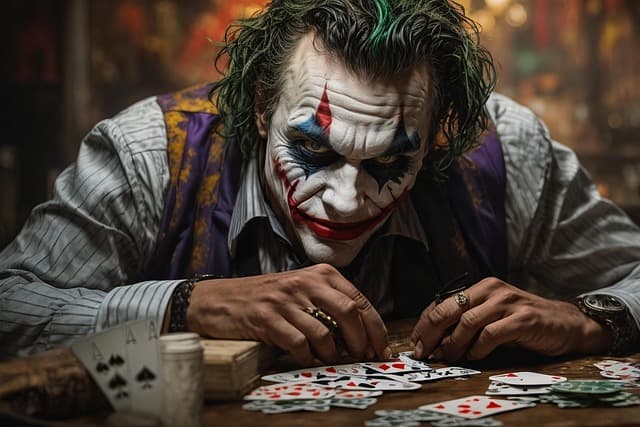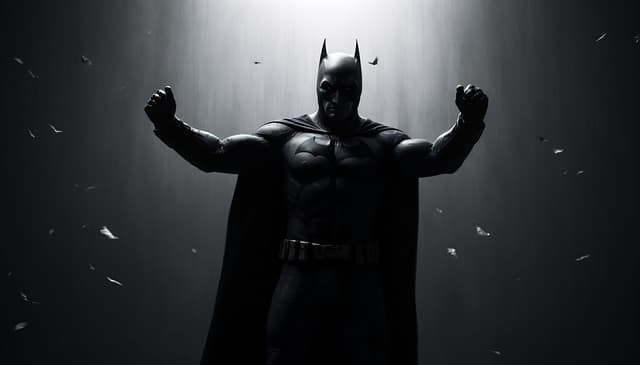In the 1990s, the comic book industry was in a fever. A crisis of sales, a crisis of ideas, a crisis of everything. In what was going on in the DC universe of those years, with its parallel worlds, space-time shifts, sudden deaths and resurrections, the devil himself would break a leg. That’s why we’ll bypass this realm of chaos, because nothing really epochal about the Joker was not released then. Although true comic book connoisseurs can probably argue with this.
In the “Emperor Joker” arc, the evil jester was tricked into obtaining divine power and became the ruler of the universe for a while…and in “The Last Laugh” he infected the whole world with a virus that turned everyone into a crazy clown.
He remained on the periphery in the early 2000s. In significant arcs like “Batman: Silence!” the clown was glimpsed, but more often in a secondary role. Readers and writers seemed to get bored with him. The hackneyed image needed a radical update.
In the animated series “Batman” in 2004, the Joker already appears in an unusual appearance. He is hunched over, moves in a monkey’s manner, instead of a neat hairdo – a lush green mane, instead of a tailcoat – straitjacket. Unusual, but fresh and bold, although in general the animated series was inferior to its predecessor. But those changes in the Joker were just a sign of what was to come.
In the 2004 animated series, the Joker is completely unlike himself. And it suits him just fine. When Christopher Nolan was asked why he cast Heath Ledger as the Joker in “The Dark Knight,” the director said, “Because Heath is fearless.” And for what Nolan and David Goyer had in mind, it took a lot of courage. Both fully understood the weight of responsibility that rested on their shoulders, despite the fact that Christopher was and still is far from comic books. Re-launching the Batman franchise is one thing, but fitting a fantastical character into a conventionally realistic world with a huge fan base is quite another. This required an actor who was ready, first, to accept the barrage of criticism from geeks, and second, to convince the world of the rightness of the creators of the movie, encroaching on the canon.
Many articles and even scientific works have been written about Ledger’s Joker. This is undoubtedly one of the most striking and influential actor’s work in the movies of the early XXI century. But conservatives from the comics still criticize him for non-canonicity. They say that it is not Mr. Jay: behaves not so, looks not as it should, and in general, Nolan filmed something of his own, not an adaptation of the Batman comics.
The last entry in the diary Ledger kept on behalf of the Joker while preparing for the role was a full-page “bye-bye”. It’s a terrible coincidence. But if you take apart the image created by Ledger, in the context of the history of the character, it turns out an interesting thing: the essence of the Joker actor and screenwriters caught the essence of the Joker as accurately as possible. What should be a killer jester? Insane? The Joker in “The Dark Knight” makes grandiose multi-move plans for the sake of achieving an irrational goal that he alone understands. Insidious and violent? How many people he killed over the course of the movie, how many lives he broke! It was he who turned the honorable and noble Harvey Dent into a vengeance-obsessed Two-Face, defiling the moral ideals that had barely emerged in Gotham. Eccentric and ironic? All of Joker’s monologues are reminiscent of a radical comedian’s standup show, and he is a hybrid of Andy Kaufman and Charles Manson. And the way he laughs during the beating – it’s the most revealing scene, reflecting the essence of the character! Even Joker’s special attitude to Batman is revealed in “The Dark Knight” much better than in Burton’s “The Dark Knight”, where the clown-gangster perceived the arch-vigilante as just another nuisance, nothing more. So everything is canonical.



